|
According to the UN, global water usage has grown exponentially – its rate of increase is double that of the population growth in the last century. This has put immense pressure on water sources, and as a result, many countries face the challenge of coping with the extensive demand for water. Lack of safe and clean water access then threatens children and families, placing them at risk of severe but preventable water-related diseases through no fault of their own. Previously in the Water Crisis blog series, we spotlighted the Philippines. We talked about how the El Niño phenomenon is drying up the Angat Dam – which is the main source of clean and safe water for more than 13 million residents living in Metro Manila. If you missed our upload, click here to check it out! Unfortunately, neighbouring countries such as Indonesia also face challenges with maintaining a sustainable supply of safe and clean water, but we’ll get into those details in just a moment. Over the years, Indonesia has made impressive economic progress, reducing the poverty figure and moving much of its population above the poverty line. Between 2003 and 2019, the percentage of individuals living under the poverty line decreased from 17.42 percent to 9.41 percent. Ultimately, progress has enabled Indonesia to climb the income ladder to attain the upper-middle-income category. However, although Indonesia’s economic status has improved, around 25 million Indonesians still lack sufficient income to support their basic needs. Despite attaining the status of an upper-middle-income country, Indonesia’s upturn is still severely overshadowed by its water shortage issues. Furthermore, the number of Indonesians that lack access to safe water roughly reflects the estimated population that is still living under the poverty line, highlighting that these families may not even have the means to spend their income on water, as they simply can’t afford to. This situation is aggravated even further during drier seasons due to the surge in demand for clean water that also drives up the cost. During the dry season in Java, for instance, households can spend up to IDR 1,000,000 (US$71.10) on water from delivery trucks every month. The average monthly salary of Indonesians in 2019 was US$183, meaning they could be spending over a third of their income on water! Today, we’ll be exploring why Indonesia’s water security is being threatened while also discussing the after-effects of climate-related disasters that are putting the lives of Indonesian citizens in grave danger. A constant battle Indonesia is under frequent threat of many natural disasters due to its geographical location along the Pacific Ring of Fire (an area with a high degree of seismic activity), exposing them to earthquakes, tsunamis, and volcanic eruptions. Indonesia’s location has left its population vulnerable on multiple occasions, bearing the brunt of some of the deadliest tsunamis in recorded history such as the 2004 Indian Ocean tsunami (also known as the Christmas or Boxing Day tsunami) that struck the coastline of Banda Aceh and other neighbouring countries, including Thailand, India, and Sri Lanka.
Undoubtedly, these inescapable circumstances constantly put the lives of millions in danger. In the wake of a disaster, the destruction of water supplies and sanitation facilities requires urgent aid as quickly and efficiently as possible to protect survivors from the spread of communicable diseases. Lombok Earthquake In 2018, the North Lombok regency in Indonesia was hit by two major earthquakes – one on July 29th (with a 6.4 magnitude) and followed by another one only seven days later, on August 5th (with a 6.9 magnitude). Groups providing relief aid also struggled to reach certain areas that were heavily affected by the earthquakes because of the piles of heavy debris everywhere, damaged jungle roads, and the risk of landslides. In North Lombok regency, the PDAM piping network suffered the most damage, threatening the supply of clean water for the majority of the population, based on a survey conducted on the ground. Inevitably, excessive soil movement and slope stability issues caused a wide range of destruction. The water intake structures were buried by landslide materials; transmission pipelines were damaged due to the impact of avalanche materials; excessive ground movement damaged the distribution pipes, and pipelines that supplied water to the community were buried by building materials. The scale of destruction worsened the situation, creating greater challenges for the locals to recover from the disaster and obtain access to clean water easily, threatening the health of survivors as they are at greater risk of being affected by infectious diseases. These risks are common throughout many disasters that strike in the Pacific Ring of Fire. One commonly deployed solution to fulfil the basic needs is through the distribution of water from water tankers, which sources water from wells, artesian drill wells, or the nearest river. However, this distribution method was ineffective in Lombok as the number of water tankers available was insufficient to serve the whole community in need. Additionally, survivors also had to source water from places that are much further from their homes or shelters due to the unavailability of water tankers in their location. Wateroam’s impact in Lombok Committing to our vision to end prolonged thirst, we collaborated with BGR International and deployed four ROAMfilter Plus systems to support the relief effort in Lombok. Together, we supplied 4,800 litres of water daily, supporting 2,000 earthquake survivors with the gift of clean and safe water. Click here to learn more about our deployment in Lombok! The description of the chaos in Lombok is similar to that following most other disasters in the region. With Indonesia’s vulnerability to the high frequency and intensity of natural disasters, residents have no choice but to be constantly prepared for any emergency situation in order to mitigate the consequences that might come with it. However, we must point out that water supplies are not only threatened during large-scale disasters like the Lombok Earthquake or 2004 Tsunami. During extreme dry seasons, the Indonesian population is also subject to a gradual decline in water supplies as a result of climate change. Troubles for Java Java, the most populous island in Indonesia and home to more than 164 million residents is experiencing the worst water shortage ever. With many large cities and agricultural landscapes inhabiting this island, it’s expected that Java should have a huge and sustainable supply of water right? Unfortunately, that is not the case.
In Indonesia’s capital city, Jakarta, the main water source is the Citarum River which has been labeled as the dirtiest river in the world. Despite its high concentration of consumer and industrial waste, 35 million still depend on this contaminated source for drinking and washing purposes. Fortunately, Jakarta’s water supply makes its way through a water purification system, however not all regions have that system in place. As many rivers in Java are heavily polluted, making them unsuitable for anything other than livestock and irrigation purposes, residents must find other ways to source clean water. It was predicted that Java’s water levels will decline to 476,000 litres per person per year by 2040, instead of sustaining the required amount of 1,600,000 litres per person per year. With this in view, Indonesia must take action quickly to help mitigate this intense water shortage issue. Population boost in cities As Java is home to many of Indonesia's major cities, the island’s extremely limited water supplies are strained due to rapid urban population growth. By 2045, it’s estimated that around 220 million people, or 70 percent of Indonesia’s population will live in cities.
As they can’t afford to purchase overpriced water, inadequate access to safe water exposes low-income communities to life-threatening diseases through the use of untreated water sources, making it harder for them to progress and move out of the poverty cycle. Solutions for Indonesia Undoubtedly, serious water shortage issues can’t be fixed overnight, but there are a few sustainable solutions and measures that can help to alleviate the impacts of drought while longer-term solutions are being developed. In Indonesia, farmers mainly focus on rice cultivation – the nation’s primary staple. Unfortunately, rice requires large volumes of water making it difficult for farmers to sustain during extreme dry seasons. With that in mind, farmers can shift towards less-water intensive crops such as cassava and sweet potato to reduce their demand for water.
We’ve only touched on a few of the practical solutions that could help Indonesians develop a more sustainable and reliable supply of clean water, but there are many other strategies that could be implemented to protect vulnerable communities against the dangers of unsafe or unavailable drinking water. Despite not knowing when a disaster or dry season may strike, mitigation and preparedness measures can be strategically used to help decrease the negative impact of the natural catastrophes, therefore increasing water availability and decreasing the spread of infectious diseases. By working to get these situations under control, Indonesian residents, especially those living under the poverty line, are presented with opportunities to break out of the poverty cycle despite the aggravating impacts of climate-related disasters. Will you help us save lives?As the season of giving is upon us, any contribution that you’re willing to give will aid us in deploying more filters across the globe. Even though 2020 has been a challenging year, we hope that we can translate that adversity into newfound hope while continuing our journey to end prolonged thirst. Blog Author: Nur Khairiyah Binte Mohd Samion Chief Editor: Michelle Falcone Sources:
https://www.worldbank.org/en/country/indonesia/publication/aspiring-indonesia-expanding-the-middle-class https://www.worldbank.org/en/country/indonesia/overview https://www.dw.com/en/volcanoes-and-earthquakes-the-pacific-ring-of-fire/a-36676363 https://www.worldvision.org/disaster-relief-news-stories/2004-indian-ocean-earthquake-tsunami-facts#:~:text=A%20powerful%20undersea%20earthquake%20that,26%2C%202004 https://www.history.com/news/deadliest-tsunami-2004-indian-ocean https://edition.cnn.com/2018/08/13/asia/lombok-earthquake-intl/index.html https://www.worldometers.info/demographics/indonesia-demographics/ https://www.adb.org/sites/default/files/institutional-document/183339/ino-water-assessment.pdf https://www.straitstimes.com/asia/se-asia/2018-is-indonesias-deadliest-year-in-decade https://reliefweb.int/report/indonesia/3622-natural-disasters-occurred-2019-bnpb#:~:text=The%20National%20Disaster%20Mitigation%20Agency,1%5D%20to%20Dec
22 Comments
6/10/2022 11:42:03 am
Water security has become a deep concern across Australia, as a result of inadequate dams, expanding population, and the effects of global warming, culminating in frequent catastrophic droughts.
Reply
17/12/2022 12:37:34 pm
I’m still learning from you, while I’m trying to reach my goals. I certainly liked reading all that is written on your website.Keep the information coming. I enjoyed it!
Reply
6/1/2023 04:35:14 am
It is said that in life you always get to learn at every step and I am very happy to see your post, I think I will get to learn a lot from your post and I will take inspiration from your post on my website and I will try to make the post more beautiful.
Reply
15/5/2023 02:08:29 pm
I appreciate your ideas and skills, keep sharing such more informative ideas with us.
Reply
18/11/2023 02:34:06 pm
Wow, I absolutely adore your writing! It's truly unique and unlike anything I've ever come across in my entire life. Thank you so much for sharing it with me. I must say, your talent has made my day brighter and cheerier. If you wouldn't mind, could you please bless me with another amazing piece of writing? Wishing you a fantastic day ahead!
Reply
16/4/2024 12:24:40 am
Gostei muito do site, parabéns , conteudo relevante para todos nós . As Melhores <a href="https://www.transexuaissp.com.br" alt="acompanhantes travestis sp" target="_blank"> acompanhantes travestis sp</a>
Reply
22/4/2024 04:00:40 am
Gostei muito do site, parabéns , conteudo relevante para todos nós . As Melhores <a href="https://www.contatosclassea.com.br/acompanhantes/sao-paulo-sp" alt="acompanhantes sp" target="_blank"> acompanhantes sp</a>
Reply
9/5/2024 06:14:47 pm
Some really great posts on this website , regards for contribution.
Reply
1/6/2024 04:58:07 pm
I have a decent assortment of hot dresses and unmentionables to pack me as an ideal gift for you.
Reply
Leave a Reply. |
Want more?Click below to see what other blog topics might peak your interest



Social Awareness Blog Archives
August 2022
|
- About Us
- Products
- Solutions
- Resources
- Get Involved
-
Blog
- The Global Water Situation
-
Facts about Water
>
- Water supplies for crisis
- WaSH During Emergencies
- Well Water Cleaning and Filtration Guide: Southeast Asia
- Gravity-fed Water Systems: Water Purification and Filtration setups in Southeast Asia
- A Guide to Rural Rainwater Harvesting and Filtering
- Water Shortages and Their Effect on Children in Rural Schools
- WaSH Planning and Design Framework Resources for Indonesia and the Philippines
- Rural Community Water Supply: Water Systems in Villages
- Info on our Products
- Impact Stories
- Upcoming & Past Events
- Contact
- Store
- About Us
- Products
- Solutions
- Resources
- Get Involved
-
Blog
- The Global Water Situation
-
Facts about Water
>
- Water supplies for crisis
- WaSH During Emergencies
- Well Water Cleaning and Filtration Guide: Southeast Asia
- Gravity-fed Water Systems: Water Purification and Filtration setups in Southeast Asia
- A Guide to Rural Rainwater Harvesting and Filtering
- Water Shortages and Their Effect on Children in Rural Schools
- WaSH Planning and Design Framework Resources for Indonesia and the Philippines
- Rural Community Water Supply: Water Systems in Villages
- Info on our Products
- Impact Stories
- Upcoming & Past Events
- Contact
- Store


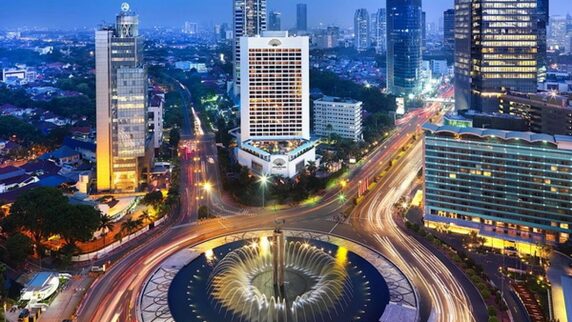
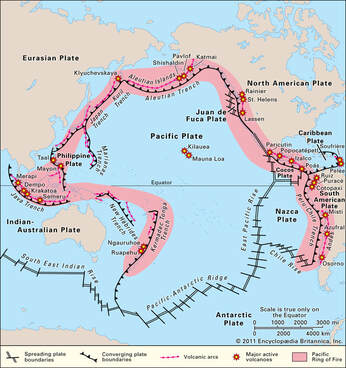
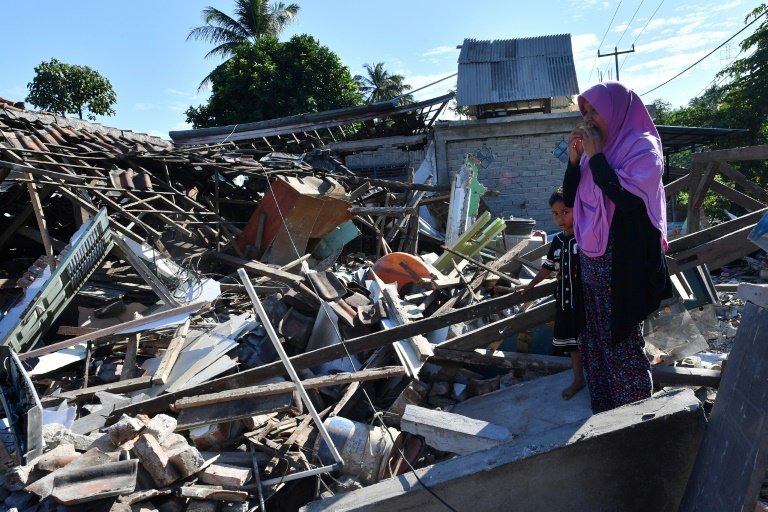

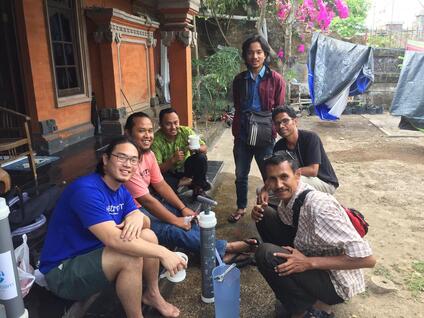



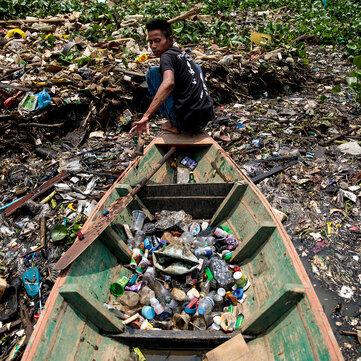
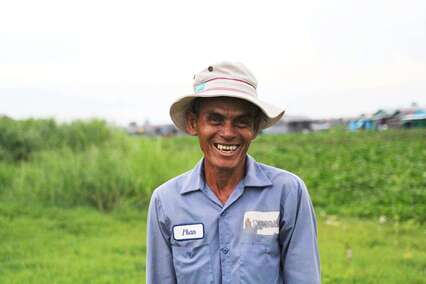
.jpg)